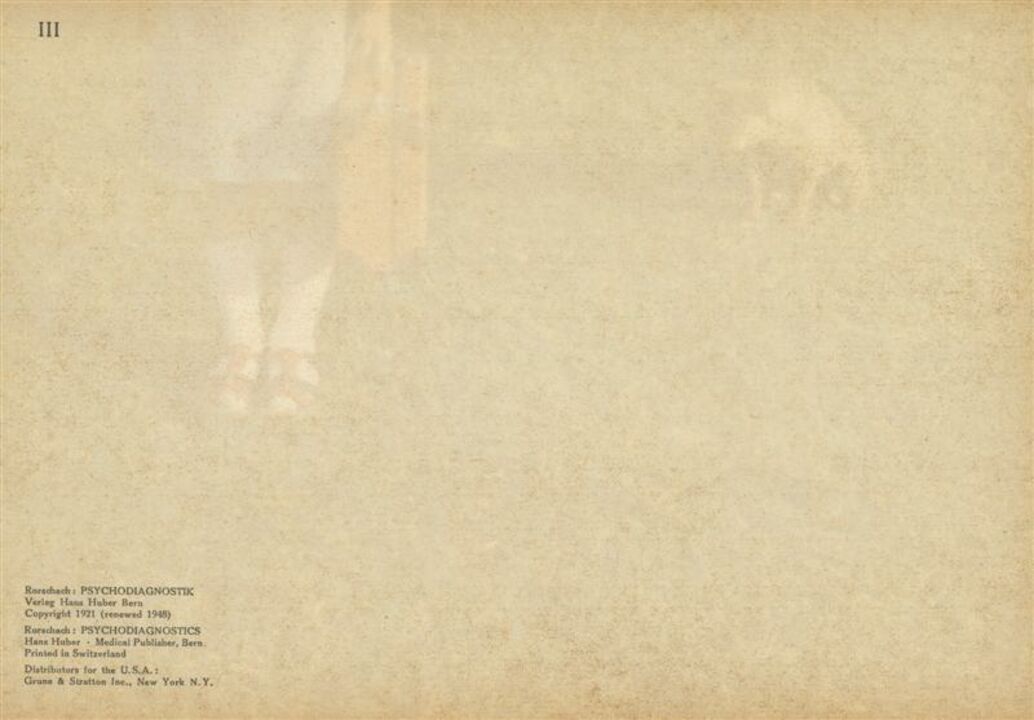Odette England: Borderlands
Home, as author James Baldwin has pointed out, is a phantasm that may only exist in its own absence. If one tries to go home, he might find out that home is simply no more. But as long as one stays away, he is free do endlessly defer his idea of home and say: „One day I will go home “. Visions of home are also the main topic of Odette England's art: Her photographs often show quite familiar but broken motives of tranquil rurality; a long-lost youth; shattered visions of belonging, but without a clear place to actually belong to. The surfaces of her works are marred by physical destruction; deep cracks open up rifts into blackness splitting the scenery into pieces. Other times we see big holes gaping in the pictures, aggressive scratches or portraits which disintegrate into little fragments. In the fashion of many other artists of her generation England happily plays with the aesthetic of the family album – and she does so rather violently. This aesthetic is somewhat lost to our time; the idea of creating a physical gallery of memories has been replaced by the virtuality of digital photography. England’s art though is inherently physical. She uses analogue technology to create her pictures and raw violence to destroy them afterwards.
Absence
The visual busyness of modern times leaves often very little space for being astonished. While photographs are pretty much everywhere at any time one has to wonder what the use of all those pictures even is. Some might answer they transfer information; they represent. From this perspective the photographs by Odette England seem rather defectuous. Others might try to find the answer to the usefulness of these pictures in their artistic uselessness. Though this position only defers the answer. It confuses a question concerned with anthropology with art theory. I shall ask again: Why are we taking all those pictures, collecting them, keeping them close to us? What do they conjure in those moments we take them out of our pockets or when we open an old family album? They certainly help us remember the things depicted when they are absent. If everything would be present at all times, we would have very little use for pictures. But we hid the vanishing faces of the dead with everlasting masks of gold, we cherish the portraits of those we love the most when they are the farthest away and tyrants and emperors built their monuments to ensure the ever-lasting presence of their royal bodies. Depiction in itself seems to be little more than a simulation of presence, a gleaming death mask to hide that something is lacking.
Odette England: III

Memories
This must be especially true for analogue photography, a medium that has a very special relationship to reality. Rays of light, reflected by bodies and objects, burned the shapes and forms we see into the photographic film. One may assume a very magical and violent connection between the depicted and the depiction. The physicality of the world is doubled by the physicality of the photograph which eventually serves as its replacement, because the exact moment depicted is gone and will never return. And so, we are collecting lost moments, lovingly caressing them by sight and touch in mute melancholy. Baldwin was right though; an idea of a thing cannot be identical with the thing itself. Wouldn't it be naive to assume that a photograph could ever be identical with the moment it so desperately tries to capture? What we seek is not in the photograph, it is outside of it. The stunning, individual complexity of life is, again, endlessly deferred while we are left with something very different. Memories themselves must be a sign of bottomless absence.
Beyond the Picture
Not all of England’s series are affected by immediate destruction, though all are somehow lacking; they refuse to be simply taken in. Weird angles cut off the viewers desire for a continuous narration, shrubbery disguises the viewers gaze and confronts it with its own blindness. Her art does not mask the lack or defect, it is its most faithful companion. The photographic scenery bleeds into the screaming scratches crawling on the surface, eventually breaking it while our sight tries to navigate through those winding corridors of loss. A defect can be a very productive thing. England’s destruction is contributing something to the visual structure of her works, because it is in itself a memory of intense physical contact; a body which left his marks and signs. It does not hide anything but creates a serene emptiness in the heart of the picture where one may find just enough room to imagine what is lost. It is an emptiness where one may find a place for the secrets we keep and, maybe, even for something like home.
Contact
Klompching Gallery
89 Water Street
Brooklyn, NY 11201
United States of America
info@klompching.com
www.klompching.com
Author

Kende Bors, born in 1994, Marosvásárhely
Has a B.A. in art history and german literature. Studies literature mediation.
Internship: Summer 2022
Special Interests: Art and literature of the Décadence and cultural theory.








